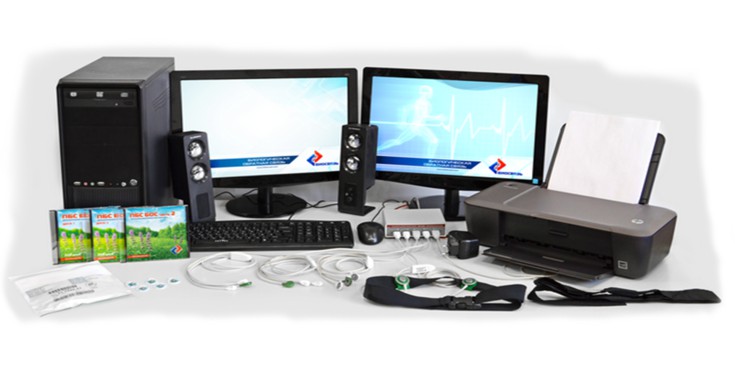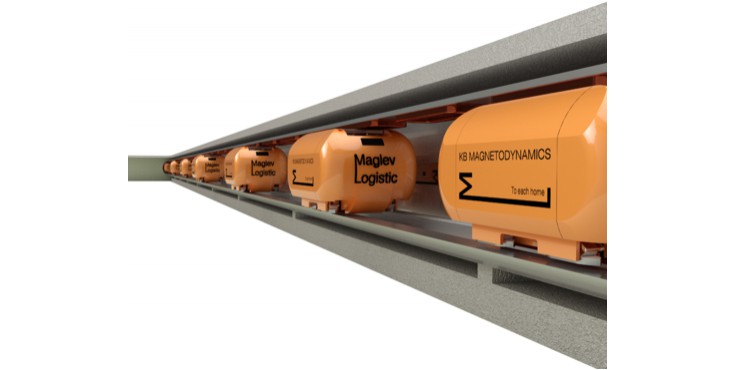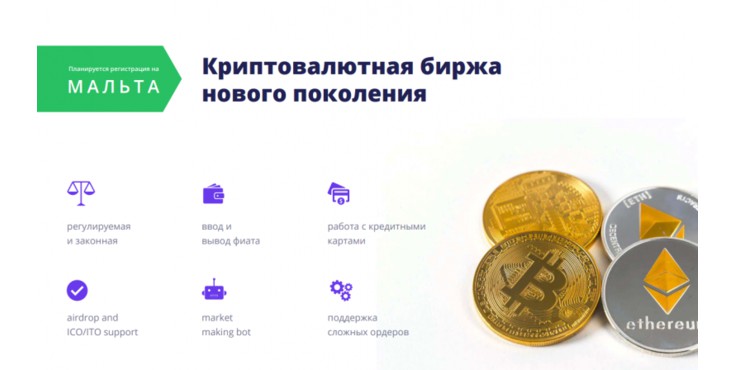Методы изобретательства с помощью которых три программиста легко могут составить программу посредством которой компютр может сам изобрести много изобретений. How computer can invent by itself
- Специализация (1)
- Тип проекта
- Регион
Описание проекта
Компании IBM и Softline помогают мне внедрить произведение под названием: Как компьютер может сам изобретать (то есть Методы изобретательства, с помощью которых три программиста легко могут составить программу, посредством которой компьютер может сам изобрести много изобретений). Я полагаю, что копии этой программы можно продать за сотни миллионов долларов. Прошу вас способствовать тому, чтобы было внедрено (то есть использовано) это произведение или я прошу вас внедрить (то есть использовать) это произведение. Я являюсь автором этого произведения. На сайте http://www.55522.ru изложено это произведение и мой телефон. Я полагаю, что с помощью моего вышеуказанного произведения компания «Метод» создала программу (эта программа называется «Новатор»), с помощью этой программы компьютер может сам изобрести много изобретений. Подробнее об этой программе изложено на сайте http://www.method.ru/ Но создатели программы «Новатор», по-видимому, не опубликовали информацию о том, что они для создания этой программы использовали (я полагаю) моё вышеуказанное произведение. Я полагаю, что с помощью моего вышеуказанного произведения компания «Predizo» создала программу (эта программа называется «True Machina») с помощью этой программы компьютер может сам изобрести много изобретений. Подробнее о программе «True Machina» изложено на сайте https://www.truemachina.com/ Но создатели программы «True Machina», по-видимому, не опубликовали информацию о том, что они для создания этой программы использовали (я полагаю) моё вышеуказанное произведение. Поэтому я добиваюсь того, чтобы с помощью этого моего произведения третий раз была создана программа, с помощью которой компьютер может сам изобрести много изобретений.
Бизнес-план: Я директор ООО «Тонна золота». Я найму трёх программистов. И они за один год с помощью этого произведения легко создадут программу, с помощью которой компьютер сможет сам изобрести много изобретений. На зарплату программистам и на другие расходы понадобится 50000 долларов. 49 процентов прибыли от продажи копий программы (и другого) вам, а 51 процент мне. Для осуществления этого плана нужно чтобы вы мне дали 50000 долларов или сами наняли трёх программистов.
С уважением Шмонов Александр
Здесь краткое изложение работы, которая имеет название: Как компьютер может сам изобретать (то есть Методы изобретательства, с помощью которых три программиста легко могут составить программу, посредством которой компьютер может сам изобрести много изобретений)
Предположим, что в память компьютера записаны два таких условных суждения (и ещё записаны другие условные суждения):
1) Если: под камень будет помещён огонь, то: камень будет нагреваться.
2) Если: камень будет нагреваться, то: камень будет расширяться.
Слова условного суждения, которые стоят от (то есть после) слова «если» и до слова «то» называют основанием условного суждения, а слова условного суждения, которые стоят после слова «то» называют следствием условного суждения.
Предположим, что компьютер должен решить следующую изобретательскую задачу, то есть компьютер должен определить, что нужно сделать чтобы имелось следующее: камень будет расширяться (то есть компьютер должен определить каким образом можно получить следующее: камень будет расширяться) назовём эту задачу исходной изобретательской задачей (предположим, что эта задача ещё не решена). Из второго условного суждения следует что для того чтобы компьютер решил исходную изобретательскую задачу надо чтобы он решил следующую изобретательскую задачу, то есть надо чтобы компьютер определил, что нужно сделать чтобы имелось следующее: камень будет нагреваться (то есть надо чтобы компьютер определил каким образом можно получить следующее: камень будет нагреваться) назовём эту задачу второй изобретательской задачей. А (из первого условного суждения следует что) для того, чтобы компьютер решил вторую изобретательскую задачу надо чтобы он решил следующую изобретательскую задачу, то есть надо чтобы компьютер определил, что нужно сделать чтобы имелось следующее: под камень будет помещён огонь (назовём эту задачу третьей изобретательской задачей). А третья изобретательская задача решена, потому что известно, как получить следующее: под камень будет помещён огонь. А если решена третья изобретательская задача, то значит решена вторая изобретательская задача. А если решена вторая изобретательская задача, то значит решена исходная изобретательская задача.
Правило:Возьмём одну любую изобретательскую задачу (назовём эту задачу четвёртой изобретательской задачей). Для того чтобы компьютер создал изобретательскую задачу, решив которую он тем самым решит четвёртую изобретательскую задачу нужно чтобы компьютер нашёл в своей памяти такое условное суждение, которое имеет следующую особенность: следствие этого условного суждения и описание этой четвёртой изобретательской задачи имеют одинаковые значения илисостоят из одинаковых слов, находящихся в одинаковой последовательности. И основание этого условного суждения будет являться изобретательской задачей, решив которую компьютер тем самым решит четвёртую изобретательскую задачу. Имеют одинаковые значения: а) слово и толкование этого слова б) синонимы и так далее.
Компьютер может находить в своей памяти одинаковые слова. Возьмём одну любую изобретательскую задачу (назовём эту задачу пятой изобретательской задачей). Компьютер решит пятую изобретательскую задачу, если он сделает следующее: сначала с помощью этого правила создаст такую изобретательскую задачу (назовём эту задачу шестой изобретательской задачей) решив которую он тем самым решит пятую изобретательскую задачу, затем компьютер с помощью этого правила создаст такую изобретательскую задачу решив которую он тем самым решит шестую изобретательскую задачу и так далее (в среднем 90 раз) до того момента в который (то есть до тех пор когда) компьютер создаст такую изобретательскую задачу решение которой известно, а если компьютер создаст такую (то есть последнюю) изобретательскую задачу, то значит компьютер решит пятую изобретательскуюзадачу. То есть компьютер решит пятую (то есть любую) изобретательскую задачу если он создаст таким образом в среднем 90 таких задач.
Почти все известные в настоящее время информации (которые нужны для создания изобретений) можно изложить в виде условных суждений. Если в память компьютера записано, например, 400 случайных физических эффектов в виде условных суждений, то из этих суждений компьютер посредством этого метода может создать в среднем не мало изобретений (средний изобретатель знает 150 физических эффектов).
…………………………………
IBM and Softline companies help me to implement the work called: How a computer can invent by itself (i.e. the Methods for developing inventions, with the help of which three programmers can easily create a program using which a computer can invent many inventions by itself). I believe that copies of this program can be sold for hundreds of millions of dollars. I ask you to contribute to implementation (i.e. use) of this work, or I ask you to implement (i.e. use) this work. I am the author of this work. This work and my phone are set out on the website http://www.55255.ru/ I believe that with the help of my abovementioned work the «Method»company has created the program (this program is called «Novator») using this program a computer can invent by itself a lot inventions. More about this program is stated on the website http://www.method.ru/ But the creators of the «Novator» program apparently has not published information that they have used (I suppose) my abovementioned work to create this program. I believe that with the help of my abovementioned work the «Predizo» company has created the program (this program is called «True Machina») using this program a computer can invent by itself a lot inventions. More about program «True Machina» is stated on the website https://www.truemachina.com/ But the creators of the «True Machina» program apparently has not published information that they have used (I suppose) my abovementioned work to create this program. So I am striving for creation for the third time and with the help of this my work of the program using which a computer could independently invent many inventions. My e-mail 275527@gmail.com
The business plan: I am the Director of «Tonna zolota» LLC. I'll hire three programmers. And in one year they will easily create a program with the help of this work, by means of which a computer will be able to invent many inventions by itself. For the salary of programmers and other expenses $ 50000 will be necessary. 49% of profit on sale of program copies (and the other) will be yours, and I will take 51%. To implement this plan it is necessary that you give me $ 50000 or hire three programmers yourself.
Yours faithfully, Shmonov Aleksandr
Here is a summary of the work that has the title: How a computer can invent by itself (i.e. the Methods for developing inventions with the help of which three programmers can easily create a program using which a computer can invent many inventions by itself)
Let’s suppose that two such conditional propositions are written to the computer memory (and also other conditional propositions are written):
1)If: fire is placed under the stone, then: the stone will heat up.
2)If:the stone will heat up, then: the stone will expand.
Words of conditional proposition which stand from (i.e. after) the word «if» and before the word «then» are called the basis of conditional proposition, and words of conditional proposition that stand after the word «then» are called the consequence of conditional proposition.
Let’s suppose that computer should solve the following inventive task, i.e. the computer has to determine what needs to be done to have the following: the stone will expand (i.e. the computer has to determine how the following can be obtained: the stone will expand), let’s call this task the original inventive task (let’s assume that this task has not been solved yet). From the second conditional proposition it follows that in order for the computer to solve the original inventive task it is necessary for the computer to solve the following inventive task, i.e. it is necessary for the computer to determine what needs to be done to obtain the following: the stone will heat up (i.e. it is necessary for the computer to determine how the following can be obtained: the stone will be heated); let’s call this task the second inventive task. And (from the first conditional proposition it follows that) in order for the computer to solve the second inventive task, it is necessary for it to solve the following inventive task, i.e. it is necessary for the computer to determine what needs to be done to have the following: fire will be placed under a stone (let's call this problem the third inventive task). ))And the third inventive task has been solved, because it is known how to get the following: fire will be placed under a stone. And if the third inventive task has been solved, then the second inventive task has been solved too. And if the second inventive task has been solved, then the original inventive task has been solved too.
The Rule:Let’s take any inventive task (let's call this inventive task the fourth inventive task). In order for a computer to create an inventive task, having solved which it thereby solved the fourth inventive task, it is necessary for the computer to find in its own memory such a conditional proposition that has the following feature: the consequence of this conditional proposition and description of this fourth inventive task have the same meanings or consist of the same words which are locatedin the same sequence. And the basis of this conditional proposition will be an inventive task, having solved which the computer thereby solves the fourth inventive task. They have the same meanings: a) the word and interpretation of this the word b) synonyms and so on.
Computer can find the same words in its memory. Let's take any inventive task (let's call this inventive task the fifth inventive task). The computer will solve the fifth inventive task if it does the following: first, using this rule, it will create such an inventive task (let’s call this task the sixth inventive task), having solved which it thereby solves the fifth inventive task, then, using this rule, the computer will create such an inventive task, having solved which it thereby solved the sixth inventive task, etc., (on average 90 times) to the moment at which (i.e. until) the computer creates such an inventive task the solution of which is known, and if the computer creates such (i.e. the latter) inventive task, then the computer will solve the fifth inventive task. That is, the computer will solved the fifth (i.e. any) inventive task if it creates on average 90 such tasks.
Almost all currently known information (which is needed to create inventions) can be expressed in the form of conditional propositions. If, for example, 400 random physical effects in the form of conditional propositions are stored in the computer memory, then the computer can create on average a lot of inventions using this method (an average inventor knows 150 physical effects).
Сайт компании
http://test.biznes-investor.ru/2227 ;…Характеристики проекта
- Среднемесячная выручка По запросу
- Среднемесячная прибыль По запросу
- Среднемесячные расходы По запросу
- Окупаемость, мес По запросу
- Доходность инвестиций, % По запросу
- Патент Не указано
- Стадия проекта Готовый проект / концепция
- География
ведения бизнеса Россия,
Россия - Адрес По запросу






